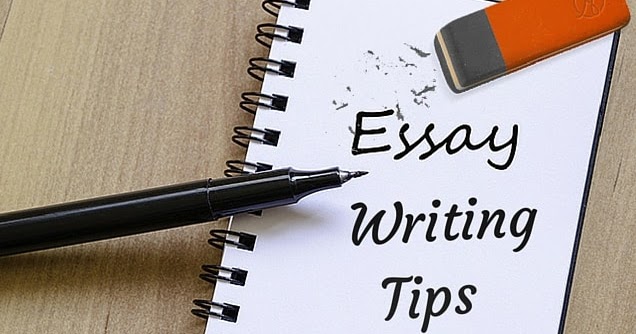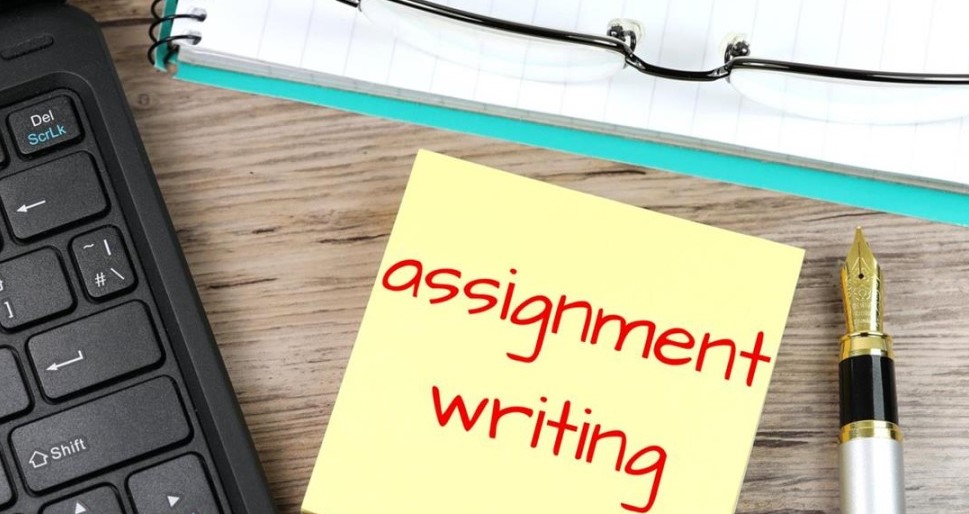Your A+ Grade Awaits at Academiascholars.com
Essays
Assignments
Term paper
Homework
Dissertations
ELEMENTS OF A GOOD GRANT PROPOSAL COVER LETTER
While the grant proposal is taxing both in terms of time and effort, the grant proposal cover letter is the official and the first point of contact between you and your funding agency. The cover letter should not exceed one page a single page in length and should introduce you and your organization to the prospective financier. While the proposal is not compulsory, sending it along with your proposal is recommended to enable the funding agency to interact with information on your mission, vision, and values.
The cover letter should precede the proposal. While it bears some semblance with the letter of inquiry, the latter should never be forwarded with the proposal. However, the cover letter should always be sent with the grant proposal.
The cover letters come in diverse formats as may be determined by the mode of delivery prescribed in the “call for proposals” by the funding agency. For instance, where the proposal is hand-delivered, the cover letter should be put above the proposal without binding them together.
If delivered by e-mail, the cover letter should be transmitted as part of the body of the text and never as an attachment. The standard guidelines for communicating with donors are applicable, nonetheless.
Purpose of a Cover Letter
Donors receive hundreds of funding requests from a limited pool of funds every year. As a result, perusing through every proposal word for word is a daunting exercise. To simplify the process, donors generally prefer to go through the cover letters.
To write a good cover letter, it is prudent that you view it as your first opportunity to contact your potential funder. An effective grant cover letter should persuade the funding agency to go through the contents of your proposal. A poorly written cover letter can lead to the rejection of your request even if the grant proposal meets the set threshold. For instance, a letter in which administrative information is lacking could make it difficult for donors to know where you belong among many grant funding categories.
So, using the brevity of the cover letter to dismiss it as an inconsequential piece of writing could wreck your prospects of funding. With this in mind, your letter should never lack certain essentials:
First, it should link your agency with the concerned persons within the donor agency.
Second, it should erase any doubts as to the position of your top management regarding the project. Your proposal will succeed if you can demonstrate to you’re the funders that you have the support of the governing council.
Finally, state the amount of money you need, and the purposes for which you are requesting it.

What to include in the cover letter
In general, cover letters should accompany proposals to corporations and foundations. However, if your prospective donor is a federal or state agency, then the cover letter may be unnecessary as governmental agencies always specify their requirements. Deviations from their guidelines could lead to disqualification.
Characteristics of an Alluring Cover Letter
Funders will find your proposal irresistible if your cover letter meets three basic criteria:
First, it should be concise and to the point. Second, it should not regurgitate the contents of the proposal. And finally, it should demonstrate your level of understanding of the funder’s interests and how your program (if funded), will satisfy these interests.
How to write a cover letter
Remember that your cover letter is intended to lure your funder into reading the proposal. With this in mind, in subsequent parts of this article we present the essential procedures for writing a cover letter as follows:
Use the official letterhead
This should be placed at the top of the letter. It should capture fundamental details such as a physical address, postal address, and other contact information. You should also include the date of application. An official header is a demonstration of credibility and makes it easier for the donor to reach you, or even link you up with other prospective funders.
Brief introduction of your organization
Putting your contact details in the opening paragraph is critical to the success of the review process. In general, it provides them with the context and history of your organization and its value proposition. Your introduction should state the name of the receiving organization, mission, guiding principles, and cumulative experience. However, you should resist the urge to focus unduly on the company at the expense of the project. Organizational details should be crystallized into two or three sentences to allow sufficient time to discuss the project itself.
Discuss the Purpose of the Grant Proposal
Funding for the proposed project is the core function of the grant proposal. As such, the project should form a significant portion of the letter. The purpose of a grant cover letter is to provide basic information on your organizational goals. Information to include is the title (name) of your project, purpose, and future projections.
You are allowed at this stage to include as much detail as the project scope can allow, to give reviewers a complete picture of your project.

Outline your reasons for Seeking Funds
Once you have given a thorough briefing of the kind of project you want to undertake, you can proceed to justify your request. Your reasons should detail your spending plan, proposed budget, and deficits that the grant will fill. Equally critical is a statement showing reasons for choosing that particular donor from among many.
Emphasize the Prospective Impact of the Funding
Successful proposals are the ones that are associated with the greatest impact on the community. Statistical data has proven to be effective for the presentation of such impacts as they facilitate the quantification of the problem and desired outcomes. Prospective donors will be thrilled to imagine the positive change their contribution could have on communities.
Statistical models such as graphs and charts can also be deployed, to highlight these changes.
Include a Strong Closing statement
It is expected that you end your cover letter with a closing statement. A good closing statement should focus on three things: a recap of the proposed project, prospects of the project in terms of the deliverables for the community, and an advance expression of gratitude for reading your proposal.
If you follow the above directives, you shall soon be landing on your dream job. If you get confused on the way, seek wise counsel from online writing services that are best at their work!
Experienced writers are ready to handle your paper
Essay Writing for ESL Students: Essential Tips for Success
Essay writing can be a daunting task for anyone, but for English as a Second Language (ESL) students, it can present unique challenges. Not only do you need to master the art of argumentation and structure, but you also need to navigate the nuances of the English...
Essential Assignment Writing Tips: A Guide to Academic Success
The daunting task of academic writing is a cornerstone of higher education. Whether you’re tackling essays, reports, research papers, or case studies, the ability to craft well-structured and compelling assignments is paramount to your success. Effective assignment...
How to Write a Powerful College Admission Essay
The college application process is a marathon, not a sprint. After the standardized tests, the GPA calculations, and the transcript requests, there’s one element that often feels both the most daunting and the most liberating: the college admission essay. It's your...







